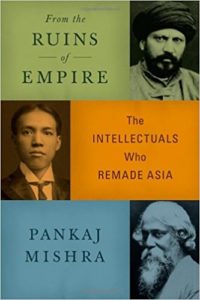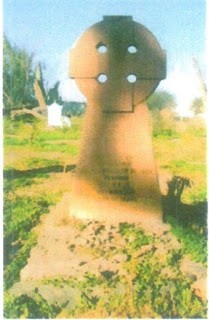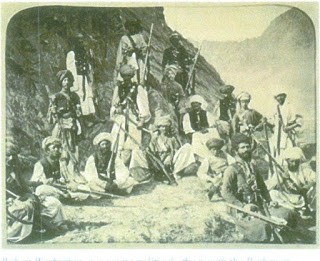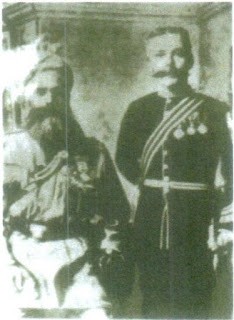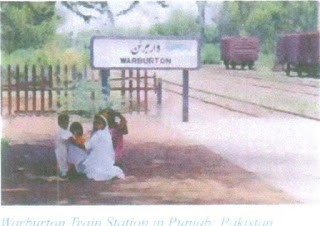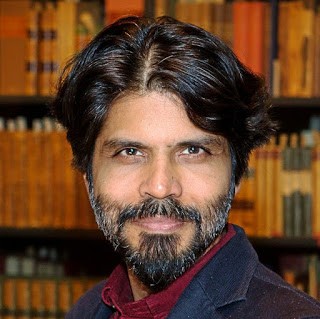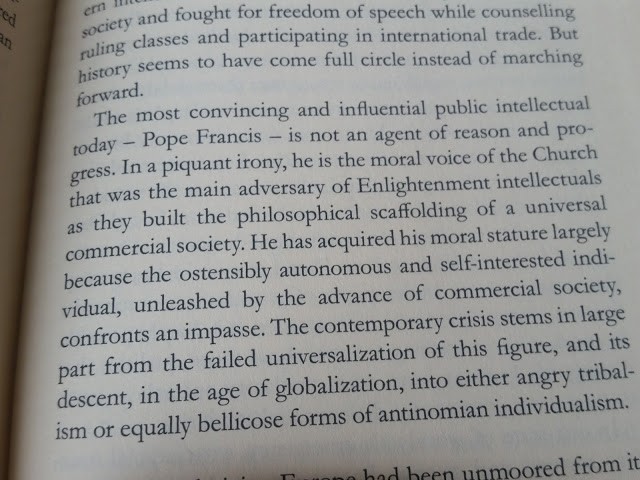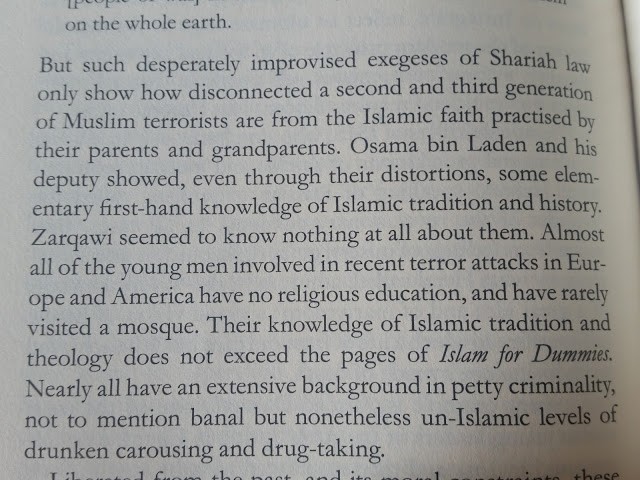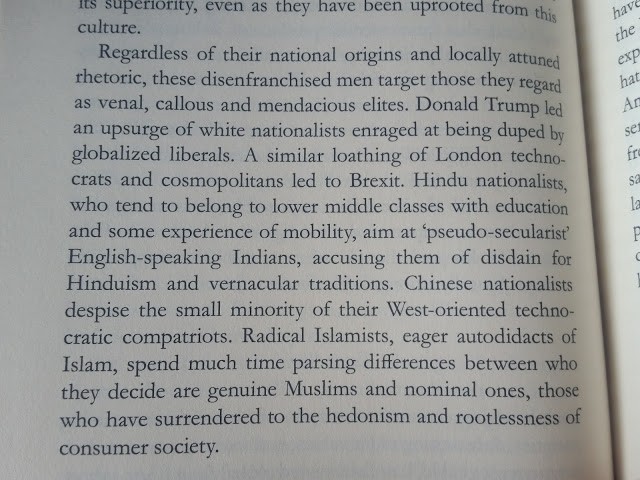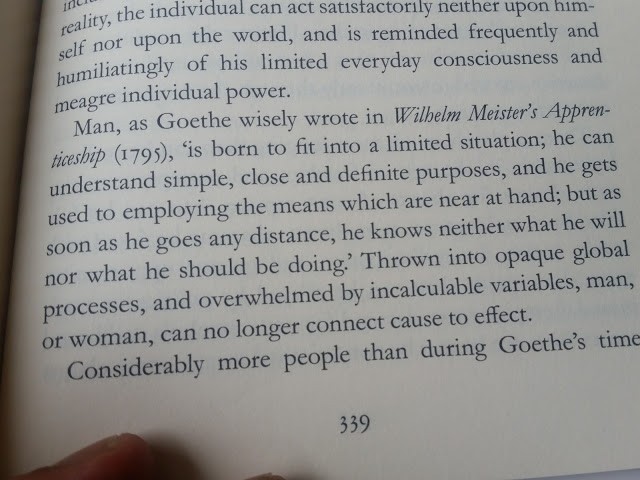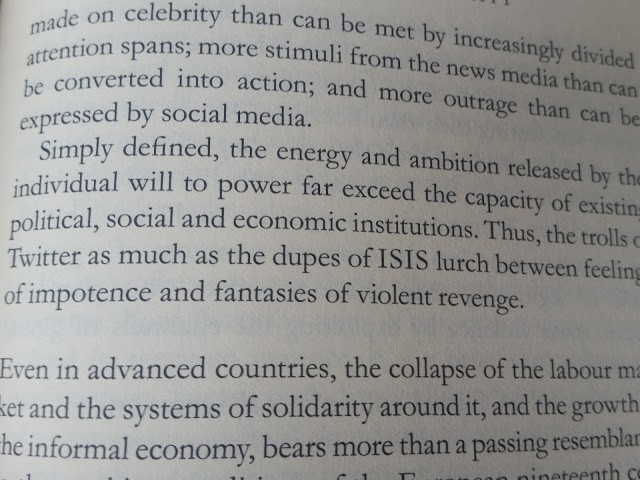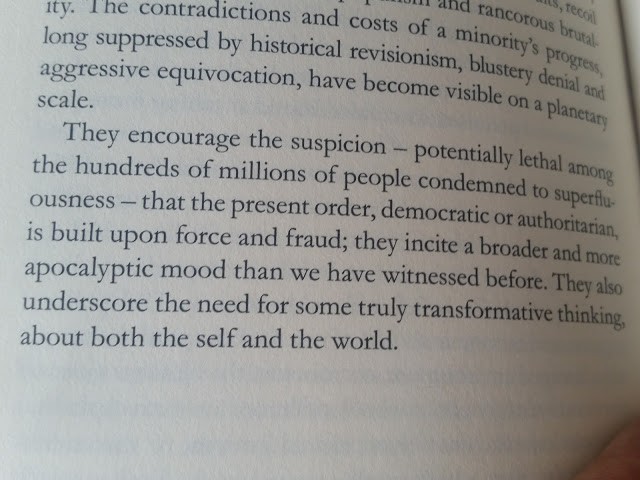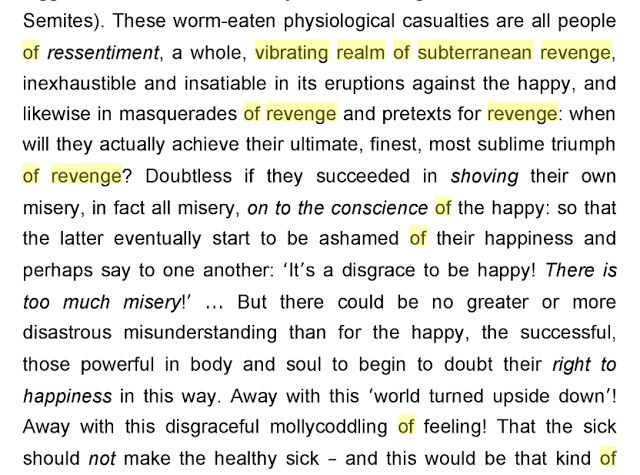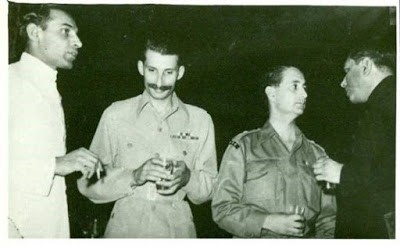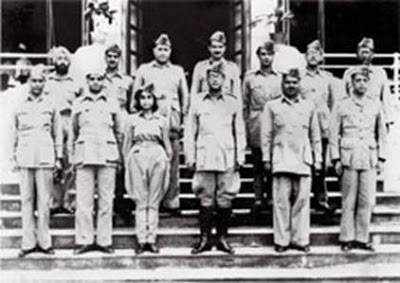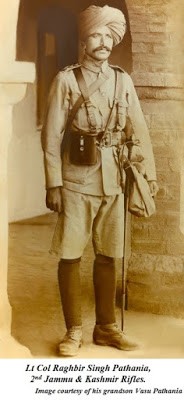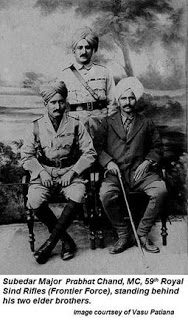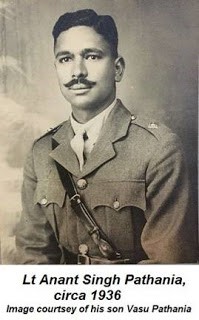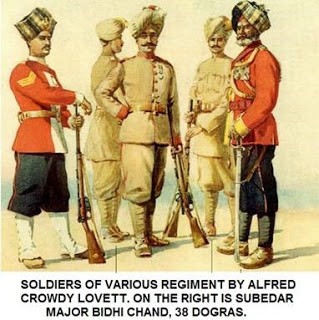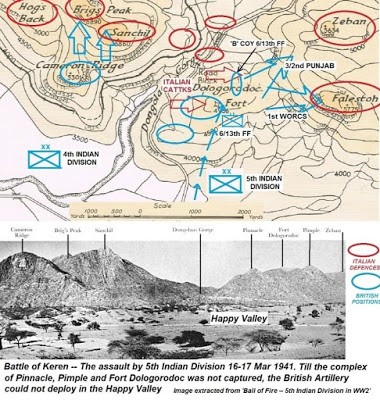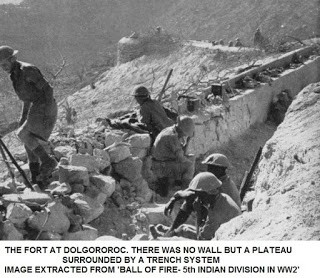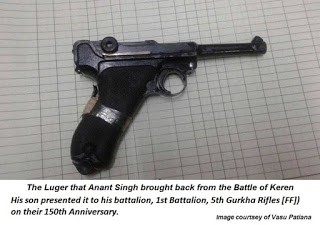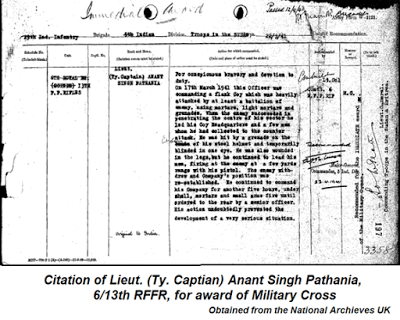From Dr Hamid Hussain
Forgotten
Chapter of Indian Army: Indian National Army
Hamid
Hussain
Indian
National Army (INA) was formed during Second World War from Indian Prisoners of
Wars (POWs) captured by Japanese. Later, it was re-named Free Indian Army (FIA)
but it remained known by INA name. Second World War saw rapid expansion
of Indian Army to participate in another global conflict. On the eve of
Second World War, the strength of Indian army was 189’000. During the
war, it expanded to 2.3 million men. On the eve of Second World War, there were
less than five hundred Indian commissioned officers and by the end of the war
there were 9540 Indian officers. Nine thousand Indian officers were Emergency
Commissioned Officers (ECOs) with only six months of training.
In
Malayan theatre, British command quickly collapsed under Japanese
assault. More than 60’000 British and Indian officers and soldiers were
captured by Japanese. British officers were separated from Indian officers and
soldiers and kept in a separate camp. A number of Indian officers and
soldiers joined INA. Some volunteered for INA while others were coerced
to join it to avoid hardships of captivity. Japanese soldiers wrote new
chapters of barbarity for inhumane torture and execution of thousands of
POWs.
Japanese
motives for establishment of INA were different. They didn’t envision any
significant role for INA in their grand strategy for Asia. Japanese
military ethos was different where martial tradition was interwoven with racial
superiority and a divine monarchy. Japanese soldiers very rarely
surrendered and fought on till death or committed suicide rather than
surrendering to the foe. They had very little respect for any soldier who
surrendered. In this environment, a racially inferior Indian soldier who
surrendered rather than dying for his cause put Indian POWs at a very low level
in Japanese eyes. From practical military point of view, a soldier who
surrendered and now offered to fight his former comrades was viewed with
suspicion and Japanese were not ready to properly arm and equip such a lot as
there was no guarantee that if the tide turned again, they may also shift their
loyalty. Their main objective was to use INA for propaganda purposes and try to
infiltrate Indian army and cause disaffection and tamper with loyalty of Indian
troops. This was the main reason that only a handful of junior Japanese
officers were attached to INA project. British called them Japanese Inspired
Fifth Columnist (JIFSs).
There
were two distinct periods of INA. First INA was formed under the auspices
of Indian Independence League (IIL) headed by Rash Behari Bose. First INA
was organized in September 1942 and Captain Mohan Singh (1/14 Punjab Regiment)
was appointed General Officer Commanding (GOC). By the end of the year,
INA strength was about 17’000. This force was organized as No: 1 Hind
Field Force into three brigades;
- Gandhi
Brigade commanded by INA Major H. S. Betar.
- Nehru Brigade
commanded by INA Major Inayat Jan Kiani (5/2 Punjab Regiment)
- Azad Brigade
commanded by INA Major Prakash Chand
A
special service group headed by Captain Taj Muhammad Khanzada (5/11 Sikh
Regiment), intelligence group headed by Captain Tajjammal Hussain and several
small Motor Transport (MT), engineer and medical support units were also
established.
In
the first three months, main efforts were geared towards propaganda to enlist
more POWs for INA and some rudimentary training. There was multipronged
friction between main players on the scene. Several members of the
council of action had no confidence in President Rash Behari Bose. IIL
and INA had serious differences with Japanese occupation authorities as
Japanese objectives were different. Indo-Burmese animosity was also at
play. Indian laborers and business interests were dominant in Burmese
economy. Burmese resented this Indian presence and were openly
hostile. Those Burmese who were now cooperating with Japanese wanted to
limit the influence of Indians. On 8 December 1942, senior most INA
officer Naranjan Singh Gil (4/19 Hyderabad Regiment) was arrested by Japanese
and Mohan was helpless to do anything. Mohan Singh sent a secret letter
to all formation commanders of INA that if he was arrested, INA would stand
dissolved. He was arrested on 29 December and first INA ceased to exist
as a functional entity. Mohan Singh was later moved to Sumatra and he
faded away from the scene. After Japanese surrender, he was brought back
to India.
In
February 1943, Rash Behari Bose after meeting with several officers and Non
Commissioned Officers (NCOs) reformed INA but under his own control. A
committee worked on re-organization and in April, a new organization named
Directorate of Military Bureau (DMB) of IIL was established. Lieutenant
Colonel J. K. Bhonsle (5/5th Mahratta Light Infantry) was appointed
Director DMB and several officers including Captain P. K. Sehgal (2/10 Baluch
Regiment), Captain Shah Nawaz Khan (1/14 Punjab Regiment), Lieutenant Colonel
A. D. Loganadan (Indian Medical Service), Captain Habib ur Rahman (1/14 Punjab
Regiment), Lieutenant J. C. Stracey (1/14 Punjab Regiment), Lieutenant Krishna
Murti, Captain Mata ul Mulk (2/15 Punjab Regiment), Captain K.P. Thimmaya (2/10
Baluch Regiment) and Major B. C. Allagappan (Indian Medical Service) were
assigned to head various departments of the bureau. Lt. Colonel A. C. Chatterji
(Indian Medical Service) and Captain Ehsan Qadir (5/2 Punjab Regiment) were
also given senior positions in IIL.
In
July 1943, Subhas Chandra Bose took the leadership role of IIL and renamed INA
as Azad Hind Fauj (Free Indian Army) in Singapore. This was the
second INA. Earlier, when Bose was in Germany, he had tried to enlist
Indian POWs. There were about 15’000 Indian POWs captured on North
African front but only 800-1000 had been co-opted to join Free Indian Legion
(FIL). The INA was now organized as No: 1 Division with four brigades;
- Subhas
Brigade commanded by Captain (INA Major General) Shah Nawaz (1/14 Punjab
Regiment)
- Gandhi
Brigade commanded by Captain (INA Lt. Colonel) Inayat Jan Kiani (5/2
Punjab Regiment)
- Azad Brigade
commanded by Captain (INA Colonel) Gulzara Singh
- Nehru brigade
commanded by Captain (INA Colonel) Gurbakhash Singh Dhillon (1/14 Punjab
Regiment)
Photograph: 1: 1st Row (L to R): Lt Col Chatterjee, Lt Col
J K Bhonsle, Dr. Lakshmi Swaminathan, Chandra Bose, A. M. Sahay and S. A. Ayer.
2nd Row (L to R): Lt Col Gulzara Singh,
Lt Col Shah Nawaz Khan, Lt Col Aziz Ahmed, Lt Col M. Z. Kiani, Lt Col N. S.
Bhagat, Lt Col Ehsan Qadir and Lt Col Loganathan.
No:
1 Division was sent to Assam front and two more divisions were also
formed. No: 2 Division was at Rangoon while No: 3 Division consisting
mainly of civilians remained in Malaya. A special service group was named
No: 1 Bahadur Group and commanded by INA Colonel Burhanuddin and No: 2 Bahadur
Group was commanded by INA Major Fateh Khan. Intelligence group was under
the command of INA Colonel Shaukat Ali Malik (Ist Bahawalpur Infantry). By
early 1944, the second INA was 40’000 strong. In February 1944, INA had
its first encounter with Indian army in Arakan campaign. Japanese used it
mainly to cause confusion among British Indian army and try to subvert the
loyalty of Indian troops. No: 1 Division was withdrawn from Imphal front
in August 1944. No: 2 Division was later launched on Burma front.
In the context of Second World War, the military aspect of INA was just a
sideshow of a sideshow. Real clash was between a million men strong
British 14th Army (Four Corps) and Japanese 15th
Army.
Military
performance of INA was not significant due to a number of factors. Total
of 750 INA men were killed in action, 1500 died of disease, 3000 surrendered or
deserted, 200 escaped to Siam and 9000 were captured after final Japanese
defeat. In comparison, some Indian army battalions engaged in heavy
combat suffered more casualties than the whole INA. In fact, 1/14 Punjab
Regiment before the surrender lost one hundred and forty soldiers and officers
killed in action. Bose and many in INA believed that as soon as they made
contact with their Indian army colleagues, they would simply cross over and
join them. This didn’t happen and Indian units fought very well against
INA. Indian soldiers who were fighting INA considered them as
traitors. There were several cases where INA soldiers were shot by Indian
army soldiers rather than being allowed to surrender. This problem was
significant enough that British high command had to issue a special order to
Indian soldiers to prohibit this practice.
Bose
was disappointed at the performance of INA. After hundreds of desertions,
he lashed out at INA officers stating that it was ‘the loose conduct, luxury
and corruption of the officers that had been responsible for the state of
morale in which desertions were possible. The disaster had been a failure
of leadership’. There is no question about Bose’s commitment to his
ideals. He resigned from the coveted Indian Civil Service (ICS) position
and forced out of the leadership of Congress party as he didn’t compromise with
even Gandhi and Nehru; the icons of Indian leadership. He escaped from
India via Afghanistan and dedicated his whole remaining life for armed struggle
for freedom. His charismatic personality and charming manners won many
adherents among Indian POWs. However, he was disappointed in INA project
as he didn’t get enough committed volunteers from POWs who had similar zeal for
the armed struggle.
Two
Indian officers who played a prominent role in INA wrote about their experience
in 1946 just before independence. These accounts are confusing as these
officers tried to justify their actions but gave contradictory evidence about
what they actually believed in. Captain Shah Nawaz Khan was serving with
the 10th training battalion of 14th Punjab Regiment at
Ferozpur when his own battalion embarked for Malaya. He arrived in Malaya
on 29 January 1942, only two weeks before the surrender of British
forces. He narrates in his autobiography that he felt let down as he was
not allowed to fight against Japanese. He narrates about the surrender
order ‘I resented this order, especially when I felt that I had not been given
a fair chance to fight the enemy, and to have brought me to Singapore so late
in the fight, only to be ordered to lay down my arms, which I considered a
crime and an injustice to my honour as a soldier to lay down my arms and
surrender’.
He
also claims that during captivity he organized a block of Indian officers to
resist enrollment in INA. He gives the following reasons for joining INA:
- Giving protection
and help to P.O.W.
- To stop it
being exploited by the Japanese
- To sabotage
and wreck it from within, the moment we felt that it would submit to
Japanese exploitation.
He
claims that ‘personally I wished to get out of the I.N.A.’ but ‘I had committed
myself too far and could not retrace my steps ‘. He claims that he worked
hard to keep rank and file out of INA. He goes on to give the bizarre
argument that ‘I set about to find such men for the I.N.A. as would be willing
to fight the Japs if they were dishonest with us’. He elaborates on this
theme by stating that ‘I also realized that if on going into India which was
probable due to poor British defences, the Japs were dishonest, I would be much
more useful to my country with a rifle in hand in India, than as a P.O.W.
in Malaya’. He also claimed that he advised Mohan Singh to disband INA
because Japanese were exploiting it. In defense of awarding death sentence
to Sepoy Muhammad Hussain for desertion from INA, Shah Nawaz very eloquently
described that ‘if in spite of voluntarily joining the organization and
accepting its rules and regulations and given ample opportunities of staying
behind, away from the front, the man still insisted on betraying his country
and his comrades he well deserved the punishment he received’. He didn’t
comprehend that the same rule applied to him when he deserted.
In
May 1942, he joined first INA and in February 1943, he joined the second INA.
Shah Nawaz in his statement during his court martial alluded to friction
between Indian officers. Captain Mohan Singh was made commander of INA
and Shah Nawaz resented this fact. He considered Mohan Singh an ‘average
officer’ and too junior. There were many senior and more capable Indian
officers with 15-20 years service compared to only eight years service of Mohan
Singh. He also considered Mohan weak and that ‘he would not be able to
cope with Japanese political intrigues’. After Japanese defeat, Shah
Nawaz surrendered on 16 May 1945 to Second Lieutenant Tehel Singh of 2nd
Battalion of Ist Punjab Regiment.
Captain
Prem Kumar Sehgal was commissioned in 1939 in 5th Battalion of 10th
Baluch Regiment. This was an Indianized battalion but next year, he was
transferred to 2nd Battalion of 10th Baluch Regiment and
sailed with the battalion to Malaya. He was captured by Japanese in
February 1942. He states that ‘I felt terribly let down by the British, who had
handed us over to the Japanese and told us to obey their orders same way as we
had been obeying the orders of the British’.
He
gives bizarre reasons of joining the INA. He claims that ‘if sincere and
patriotic officers kept out of it, it would be quite easy for the Japanese to
exploit their army’. He narrates that ‘I finally made up my mind to join
the Indian National Army because I felt that the Japanese were absolutely
determined to go to India and if they were accompanied by a really strong
I.N.A. the Japanese would not be permitted to commit the same atrocities as
they had committed in Malaya and other countries in East Asia and also if they
did not honour their pledges regarding Indian independence, a well armed and
organized I.N.A. would be in a position to put up an armed opposition against
them’. It was naïve on his part to believe that a victorious Japanese
army that had defeated the mighty British empire will be kept in check by a
handful of Indian officers and soldiers who were essentially going to India as
coat hangers of a military juggernaut.
A
mere Lieutenant of Indian army with less than three years of service under his
belt, Sehgal held some lofty positions in INA. He started as Military
Secretary to Directorate of Military Bureau and then Assistant Chief of Staff,
Deputy Adjutant General, Commanding Officer of 5th Guerrilla
Regiment (later re-organized as 2nd Infantry Regiment) and ended up
as temporary GOC of 2nd Division of INA. In April 1945, he
surrendered to 4th Battalion of 2nd Gurkha Rifles.
Lieutenants
and Captains became Brigadiers and Major Generals and VCOs became Captains and
Majors in INA. Most had the actual experience of commanding only a
platoon but now assigned to command battalions and brigades. They neither
had the personal experience nor training for commanding higher
formations. In addition, the formations existed mainly on paper with no
proper equipment and no logistical support to sustain combat operations. The
outcome was a foregone conclusion. On first contact with their former
comrades of mainly Indian formations, INA disintegrated.
After
Japanese defeat, former INA members were captured and interrogated. 3880
who were designated White were reinstated in the army without loss of seniority
and 13’000 Greys were discharged with the loss of pay during captivity but with
retention of pension. 6000 Blacks were scheduled for court martial but
only less than two dozen faced court martial. Mohan Singh never faced the
court martial. Later during INA trials, lead Defence Council, Sir
Bhulabhai Desai claimed that 23,000 volunteered to serve as combatants for
INA.
In
November 1945, court martial proceedings were held at Delhi against three INA
officers. There were seven members of the General Court Martial presided
by Major General A. B. Blaxland. Indian members of the General Court
Martial were Lieutenant Colonel Nasir Ali Khan (7 Rajput Regiment), Major
Pritam Singh (IAC) and Major Banwari Lal (15 Punjab Regiment). Of three
members in waiting, two were Indian; Major S.S. Pandit (1/1 Punjab Regiment)
and Captain Gurdial Singh Randhawa (13th DCO Lancers).
Congress had steadfastly opposed Bose and his INA. However, now it
decided to take full political advantage of this crisis of the Raj.
Congress provided seventeen top notch lawyers for the defense. The list
included India’s top legal minds including three former justices of high
courts. Main charges against three officers were waging war against the
King and in case of Shah Nawaz also abetment in murder by passing death
sentence to INA deserter solider. Defence argued that when the struggle
for freedom reaches a stage where there is an organized government and
organized army, and then it must be accorded all rights, privileges and
immunities of a fighting army. In case of capital punishment, defense
argued that these sentences were never carried out. All three were
convicted and awarded various prison sentences. Later, their sentences
were set aside by C-in-C due to enormous political pressure.
In
July 1945, army conducted a survey of Indian soldiers and officers about
INA. Field Security Section (FSS) and Criminal Investigation Department
(CID) conducted the survey. In addition, regimental and battalion
adjutants were tasked to inquire about the feelings of Indian rank and file
about INA. In general, the opinion was that INA was nationalist but they
had violated their oaths. However, they should be treated differently and
not punished excessively.
After
sentencing of some INA personnel, Congress and Muslim League members of Central
Assembly demanded release of all INA prisoners. Congress decision to
support INA officers was purely political. It wanted to use the trial to
speed up British departure with the aim of getting the power without first
solving their problem with Muslim League. An interview of one of the lead
counsel of defense Committee Asaf Ali with a former POW Captain Hari Badhwar of
3rd Cavalry clearly proves this point. Asaf Ali told Badhwar
that based on all the facts he had learned, ‘if Congress were in power, it would
have no hesitation in removing all INA from the services’ and that ‘Congress
would not hesitate to put INA leaders on trail when they come to power’.
Badhwar asked Asaf that now that they knew all the facts they should not
champion INA cause. Asaf replied that they ‘dare not take that line’ as
they ‘would lose much ground in the country’. Muslim League stance was
even worse. It first stayed aloof from the trial but when it saw that
general public interest was aroused, it also jumped on the bandwagon.
Muslim League decided to provide its own defense committee to one of the
accused Captain Abdur Rashid. His defense gave the absurd argument that
he didn’t join to fight British. He joined it to thwart the Hindu
conspiracy of ruling whole India at the exclusion of Muslims with the help of
Japanese. After sentencing, Muslim League claimed that Rashid was victim
of religious discrimination.
Congress
and Muslim League championed the cause of INA on their own terms but their
later actions proved that it was only for political gains and had nothing to do
with any specific principle. Once in charge of government after
partition, neither Nehru nor Jinnah re-instated any INA officer. In early
1948, Prime Minister Nehru consulted with three people about the INA
issue. Lieutenant General Srinagesh, Major General J. N. Chaudhuri
and P.V.R. Rao of Defence Ministry were unanimous in their view that INA
personnel should not be re-instated in the army. Nehru’s response was
that of a politician stating that ‘I disagree with your reasons but I agree
with your conclusions.’
Many
ex-INA soldiers and officers became actively involved in militant Hindu and
Muslim organizations. Some reports suggested that many incidents of
organized violence against civilian population during mutual bloodletting of
partition were committed by these ex-INA men. Once breach of discipline
is tolerated and condoned then soldier is no better than a brigand. Ex-INA
found no future and drifted towards their respective political or religious
organizations. Many were responsible for participating in the killings of
unarmed and innocent civilians during partition holocaust. In Pakistan, many
ex-INA officers participated in 1947-48 Kashmir war. This operation was
conducted outside the normal chain of command of the army in a very immature
fashion with far reaching negative consequences. Use of ex-INA soldiers
for Kashmir operations in 1947-48 had a negative effect on the discipline of
Pakistan army. Three years later, several officers were arrested for the
conspiracy to overthrow the civilian government. Most of these officers
had participated in Kashmir operations.
Indian
POWs joined INA for a variety of reasons. Rapid war time expansion of
Indian army meant that majority of soldiers and Indian officers were
inexperienced with few years and in many cases few months experience of
military service. Surrender of large number of Indian and British
soldiers in Malaya was a bewildering experience for everyone. Only few
officers joined INA from patriotic motives. Most were either coerced or
joined INA to avoid hardships of captivity. A large number of officers,
VCOs and other ranks remained loyal to their oath and suffered horribly. INA
consisted of POWs and there were very rare cases of actual desertion and almost
no case of active effort to cross over to the Japanese held areas to join
INA.
Regimental
loyalty was a major factor of esprit de corps and if a regiment had a good set
of officers and VCOs, then it had good discipline during captivity. This
factor was not lost on their captors and resistant officers and VCOs were put
in an ‘Officer’s Separation Camp’ to force them to join INA with the hope that
Other Ranks (ORs) will follow them. If Indian officers and VCOs were steady,
then rank and file followed their example.
Two
Indian officers and VCOs of 3rd Cavalry set an example for the rest
of the regiment and it stayed out of INA. Captain K. P. Dhargalkar,
Captain Hari Badhwar and Subedar Major Ismail Khan of 3rd Cavalry
set personal example and kept their men steady during captivity. On the
other hand, 1/14 Punjab Regiment underwent several major changes in few years
that eroded regimental bond. As process of Indianization, VCOs were
posted out and more senior Indian officers had been milked away for newly
raised war time battalions. Battalion had only junior Indian commissioned
officers and no time tested VCOs to keep the soldiers steady. First shock
of combat, quick collapse and surrender shattered the battalion and most of the
Indian officers and soldiers joined INA.
2/10
Baluch Regiment was a non-Indianized battalion with British officers.
Only three Indian officers not originally from the battalion were posted to the
battalion during the war. Captain P.K. Sehgal with only two years of
service was transferred to the battalion just before the war. Lieutenant
Burhanudin was the scion of the princely family of Chitral. He was
serving with Royal Indian Air Force (RIAF) and during the war attached to the
battalion. Captain K. P. Thimayya was running his family’s plantation and
was a reserve officer. He was posted to the battalion when war
started. All three ICOs joined INA but they were not able to convince
fellow battalion mates. In the absence of British officers, seasoned VCOs
kept the battalion steady during captivity and three ICOs were not successful
in convincing soldiers to join INA. In the absence of British officers,
proud Punjabi Muslims, Pathans and Dogra VCOs and ORs remained loyal to their
oaths.
Large
numbers of 4/19 Hyderabad Regiment joined INA. This was an Indianized battalion
and not a happy one. In 1940, battalion was in Singapore and old
Commanding Officer (CO) was transferred. New British CO was unpopular and
had problems with officers and men. British and Indian officers were not
on talking terms. Uncontrolled drinking and brothel visits took the toll
on battalion’s discipline. Lieutenant Zahir udin was on a detached duty with a
company of Ahirs. He was living with a German woman strongly suspected to
be a German spy. There was enough evidence that she was undermining the loyalty
of Ahirs. Zahir was moved out of the battalion and Ahirs protested.
CO asked for help and a Gordon Highlanders detachment disarmed Ahir guards,
removed all arms and surrounded the barracks. It was tactful handling by
Thimayya that open mutiny was avoided and crisis was resolved. However,
Thimayya asked for transfer and only two months before war, one of the most
effective and respected Indian officer was not with the battalion. It was no
surprise that many soldiers of the unhappy battalion joined INA during
captivity. On the other hand 2/15 Punjab Regiment remained steady during
captivity. Legendry Subedar Major Sher Dil Khan was the tower of strength
and in the absence of British officers held the battalion together during
captivity. Subedar Makhmud Anwar was tortured to death for refusing to
join INA. With the exception of few Sikhs, Punjabi Muslims, Jats, Sikhs
and Pathans (Khattaks) remained loyal to their oaths.
The
story of INA is a little known chapter of Indian army. Most
post-independence work on the subject is polemic with very little insight or in
depth analysis. A rapidly expanding army with a large number of junior
officers and recruits was thrust in a global battlefield in the background of
political awareness of India. Sudden collapse of Malayan command with surrender
of thousands of soldiers en mass and removal of their British officers
bewildered everyone. INA was viewed as a life line thrown by their Japanese
captors and a number of officers and men joined it from different
motives. In military terms, INA was not successful but it’s impact on
British civil and military decision making process indirectly provided stimulus
to the independence movement.
Notes:
The
I.N.A. Heroes: Autobiographies of Major General Shah Nawaz, Colonel Prem K.
Sehgal & Colonel Gurbax Singh Dhillon of Azad Hind Fauj (Hero Publications:
Lahore), 1946
Ram
Singh Rawal. I.N.A. Saga (Allahabad: New Literature), 1946
I.N.A.
Defence Committee. (Delhi: Delhi Printing Press), 1946
Philip
Mason. A Matter of Honor (Norwich: Fletcher & Son Ltd.), 1974
History
of The Ist Battalion of 14th Punjab Regiment. (East
Sussex: The Naval and Military Press Ltd.), Reprint of 1946 Edition
Mahmood
Khan Durrani. The Sixth Column (London: Cassel & Company),
1955
Lieutenant
General Sir Francis Tuker. While Memory Serves (London: Cassell
& Company Ltd.), 1950
Brigadier
(R) R. P. Singh. Rediscovering Bose and Indian National army (New Delhi:
Manas Publications), 2010
Fergal
Keane. Road of Bones: The Epic Struggle of Kohima 1944 (London:
Harper Press), 2010
Daniel
Marston. The Indian Army and the End of the Raj (New York:
Cambridge University Press), 2014
Humphrey
Evans. Thimayya of India (Dehra Dun: Natraj Publishers), 2009
Edition
Lieutenant
General ® S. L. Menezes. Fidelity and Honour (New Delhi:
Oxford University Press), 1999 Paperback Edition of 1993 Edition.
Kundu,
Apurba. Civil-Military Relations in British and Independent India,
1918-1962 and Coup Prediction Theory. PhD Thesis, University of London
School of Economics and Political Science, 1995
Osborn,
Robert Bruce. Field Marshal Sir Claude Auchincleck: The Indian Army and
the Partition of India. PhD Dissertation, The University of Texas at
Austin, May 1994
Hamid
Hussain
26
February 2017
